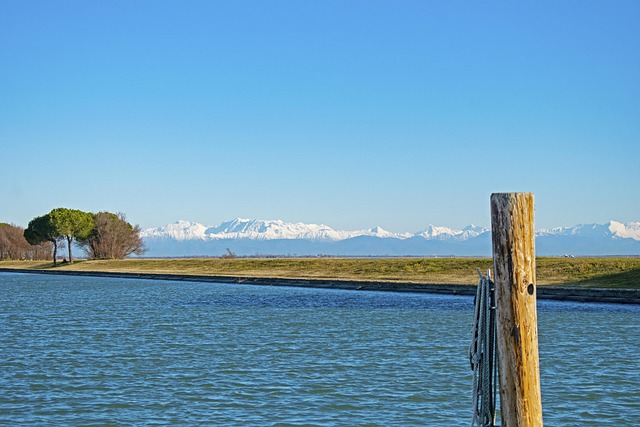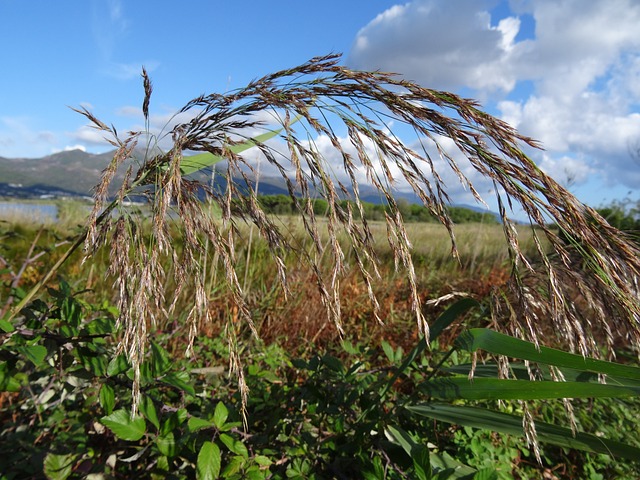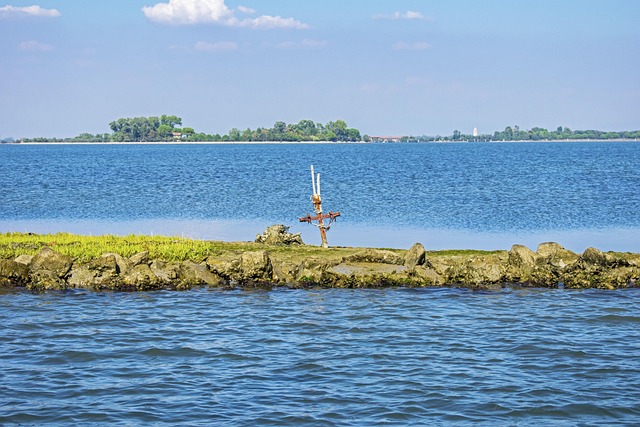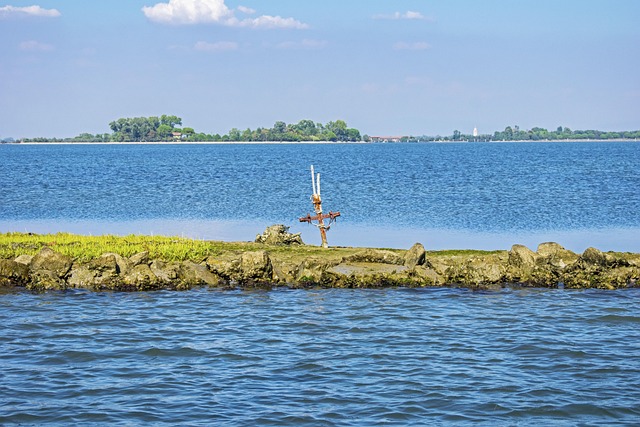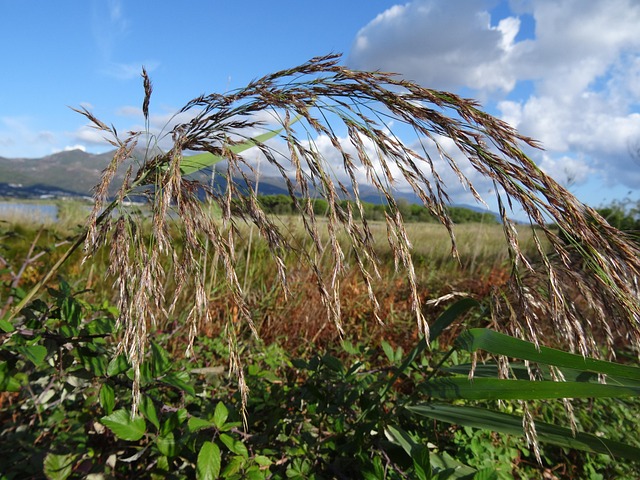Community events, such as block parties, farmers' markets, and cultural festivals, play a vital role in real estate markets by fostering local engagement, strengthening community ties, and attracting potential buyers/renters. To maximize their impact, event planners should think creatively, engage diverse populations, identify local needs, set clear goals, manage budgets effectively, and partner with relevant organizations. Measuring success involves assessing attendance rates, interaction quality, event reach, and longevity, with long-term initiatives or changes indicating effective community engagement that enhances location desirability in the real estate market.
Community events are a powerful tool for real estate professionals aiming to boost local engagement. From open houses to neighborhood festivals, these gatherings create connections and cultivate a sense of belonging. This article explores the impact of community events on real estate markets, offering practical tips on planning and organizing effective activities that foster genuine interactions. We’ll also delve into measuring success through evaluation metrics, ensuring your community initiatives leave a lasting positive impact.
The Power of Community Events in Real Estate Markets
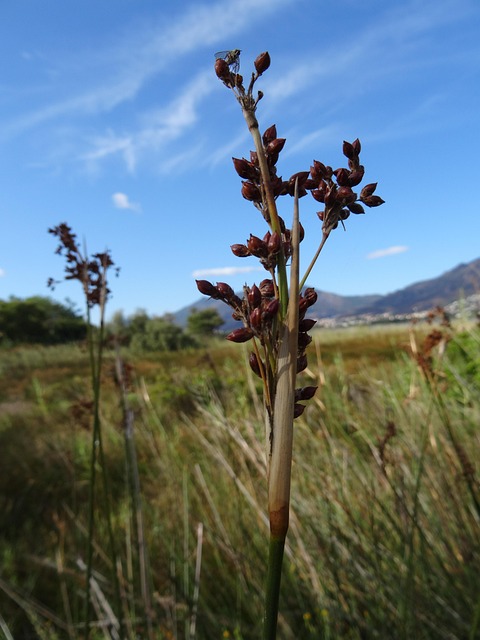
Community events play a pivotal role in enhancing local engagement and have a significant impact on real estate markets. These gatherings create a sense of belonging and foster connections among neighbors, which is essential for building strong, vibrant communities. In the context of real estate, areas known for their active community events often attract buyers and renters who value a close-knit social environment.
When potential residents explore different neighborhoods, they seek more than just suitable homes; they look for places where they can integrate into a community. Events like block parties, farmers’ markets, and cultural festivals offer insights into the local atmosphere, allowing individuals to envision themselves as part of that specific community. This emotional connection is a powerful motivator in real estate decisions, leading to higher property values and increased desirability of certain locations.
Planning and Organizing Effective Local Engagement Activities
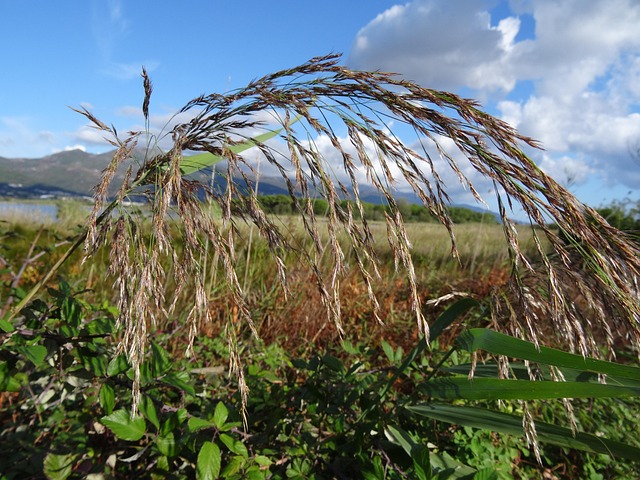
When planning community events in a real estate context, it’s essential to think creatively and engage diverse populations. Start by identifying the needs and interests of your local community. Organize activities that cater to various age groups and cultural backgrounds, such as family-friendly festivals, intergenerational workshops, or multicultural food fairs. These inclusive events not only attract a broader audience but also foster a sense of belonging.
Effective organization involves meticulous attention to detail. Establish clear goals for each event, set realistic budgets, and create detailed schedules. Utilize local partnerships with businesses, community centers, or schools to enhance participation and reach. Through strategic planning, these gatherings can become powerful tools to strengthen the social fabric of a neighborhood, ultimately enhancing its appeal in the real estate market.
Measuring Success: Evaluating the Impact of Community Gatherings
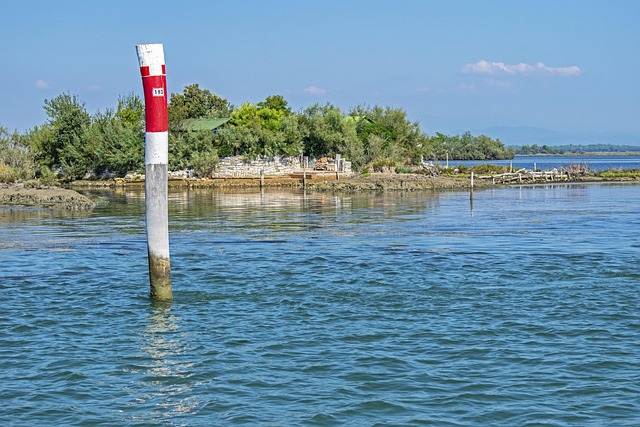
Measuring success is an integral part of community engagement, especially in the real estate sector. By evaluating the impact of these gatherings, organizers can understand their effectiveness in fostering local connections and enhancing neighborhood dynamics. Success can be gauged through various metrics, such as attendance rates—a higher turnout indicates broader appeal and relevance to the community. The quality of interactions is also crucial; events that encourage meaningful conversations and foster new friendships leave a lasting impression on participants.
Additionally, assessing the event’s reach and longevity provides valuable insights. Did the gathering inspire long-term initiatives or changes within the community? For instance, a well-organized neighborhood festival could lead to increased local business collaborations or the formation of community groups dedicated to sustainability. These qualitative and quantitative assessments help in refining future events, ensuring they align with the community’s evolving needs and aspirations.

